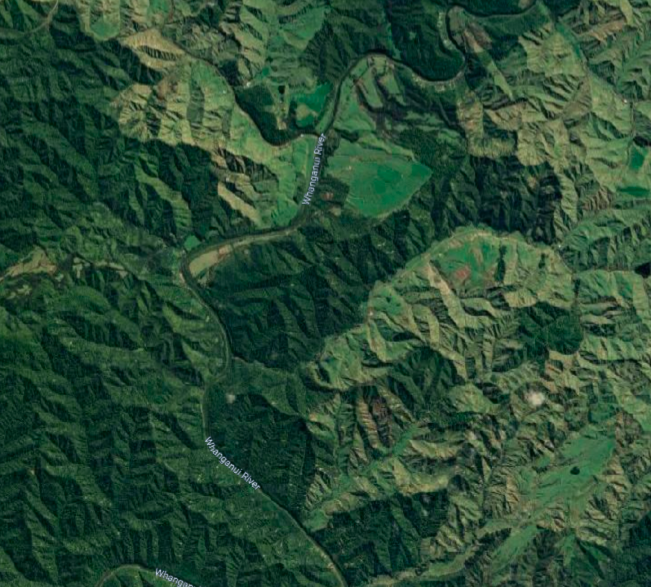
In "Nas ruínas da floresta" [In the forest ruins], the researcher Paulo Tavares presents the idea that the presence of Amerindian societies in the Amazon region has a degree of complexity so high that the jungle can be thought of as a huge "city", full of vestiges or "ruins" of that presence. He also presents a conception of the forest as a cosmopolis, implying that all the entities that inhabit it – rivers, trees, jaguars, peoples – are "citizens", to whom it is even up to grant rights.
In 2016, the journalist Bryant Rousseau wrote the story In New Zealand, Lands and Rivers Can Be People (Legally Speaking) for The New York Times. The text talks about the legal agreements between the New Zealand government and Maori indigenous groups for legal recognition of the rights of natural beings, such as rivers or the lands of a park, based on the understanding that they are endowed with a personality. Read here.

